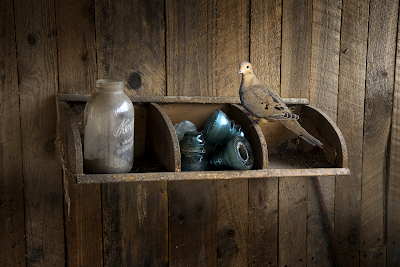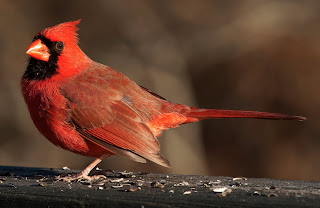
Over the years I have learned that some of the best photos appear in front of you when you least expect it. More importantly , they appear when you are the least prepared. The frustration of this all came to head for me back in the 80's, when I began taking long walks into areas rich with wildlife. Inevitably, I would come accross some amazing sights and have no camera with me, or not have the right lense to get the shot. Some of the most interesting images were just never captured, because I didn't plan ahead.
Today I like to think I am more prepared and more excited about the possibilities that present themselves. Lot's of things have changed, and perhaps the most important is the increased range and quality of zoom lenses. While most serious photographers have ignored zooms in the past, today we all recognize the advantages they give, and we are excxited by the quality of images they now provide. My camera is now mounted with an 18 - 200 zoom, which allows me to frame so many scenes that a fixed focal length lense would not. The size and weight of both cameras and lenses have decreased to a point that none of us really have an excuse for not carrying our equipment most of the time. No camera......No shot!
I am one of those guys who like to poke around. I love to investigate what is inside of the old barns and old abandon houses. Yes, sometimes I am surprized by the resident racoon or snake, but often I am greeted by something interesting, like the dove pictured above. Finding these hidden treasures is exciting and keeps me looking for more. It's like turning a corner and finding a gift with your name on it. Who doesn't like an unexpected gift?
























